Born in Isola di Catullo, a small town near Padua, around 1431, Mantegna is known for the linear sharpness of his art and his rigorous attention to detail. Mantegna also stands out among Italian Renaissance painters for his thorough devotion to classical art.
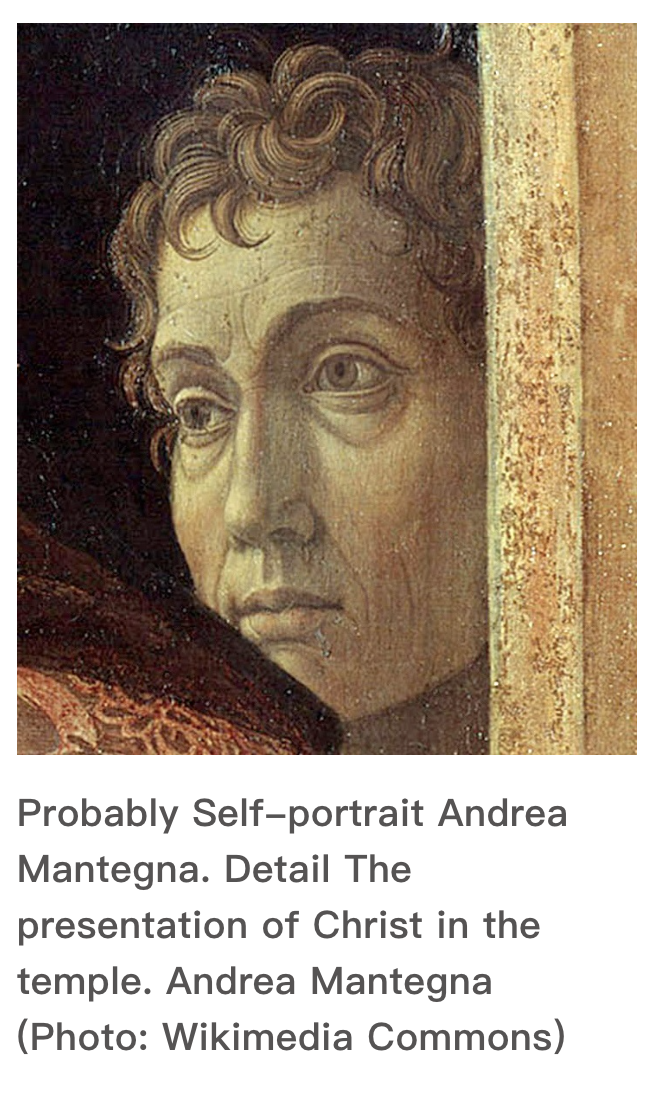
The artist had been a student of the painter Francesco Squarcione, who later adopted him. However, the young Mantegna soon left his master's studio and began an independent career. In 1448, he received a partial commission for the fresco decoration of the Orvetari Chapel in the Eremitani Church in Padua (now largely destroyed).
Perhaps the greatest influence on Mantegna's style was the sculpture of Donatello of Padua. Also important was the luminous art of Giovanni Bellini, whose sister Nicolosia married Mantegna in 1453.
In 1459, at the persuasion of Marquis Lodovico Gonzaga, Mantegna moved to Mantua. With the exception of a stay in Rome from 1488 to 1490, Mantegna spent the rest of his life in the service of three generations of Gonzaga patrons in Mantua. He died there in 1506, one of the most respected artists of the Renaissance. As official painter, Mantegna's reputation reflected positively on the status of the patron for whom he produced his greatest works.
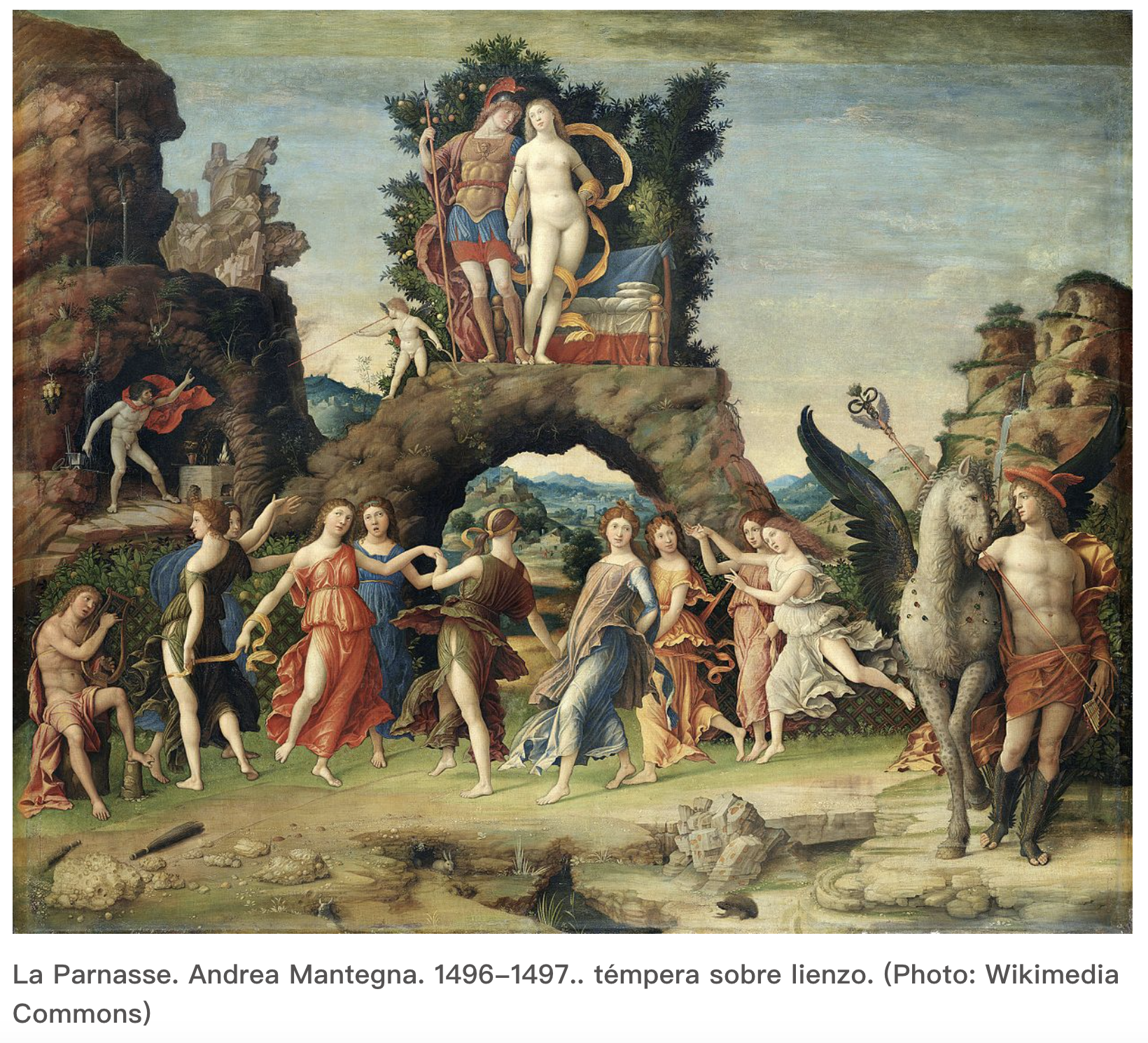
The famous Camera degli Sposi or Camera Picta in the Ducal Palace at Mantua (1465-1474) is his most important work commissioned for Marquis Lodovico. The innovative spatial structure of the frescoes, especially the oculus in the ceiling, had a profound influence on Correggio. Although he was probably too young to have been a student, he must have studied Mantegna's work very carefully.
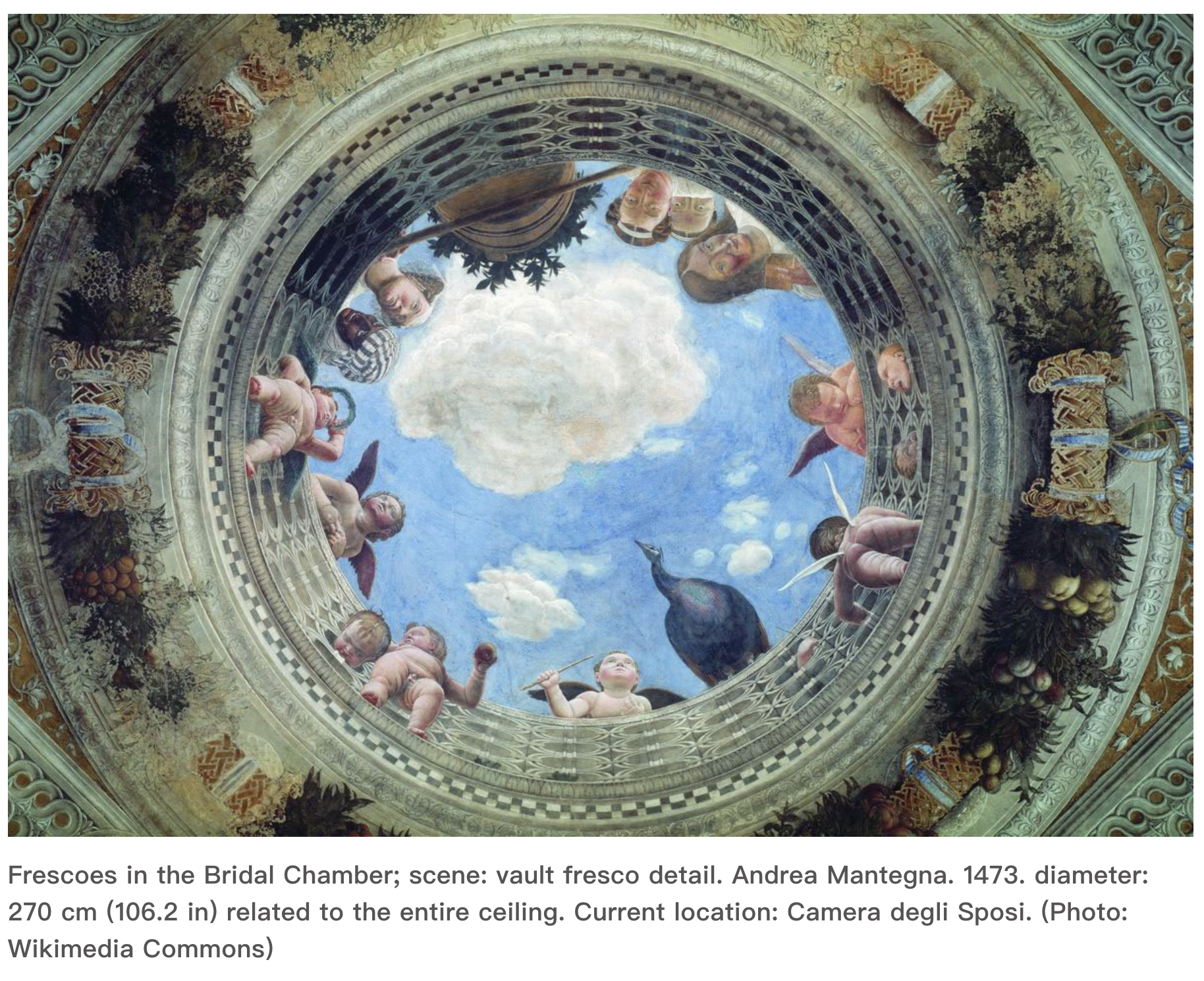
The dignified and charming family portraits on the walls of the Picta Camera also had a strong influence on other artists. Francesco II Gonzaga, grandson of Lodovico, was probably the patron of Mantegna's series of paintings commemorating the triumphs of Julius Caesar, now in the collection of Hampton Court. Although badly damaged, they are key examples of Mantegna's use of the canine technique on canvas. Mantegna's religious works reflected the varied needs of his patrons, from small devotional paintings to large altarpieces - such as the Madonna del Vittoria painted for Francesco Gonzaga in 1496 (Musee du Louvre).
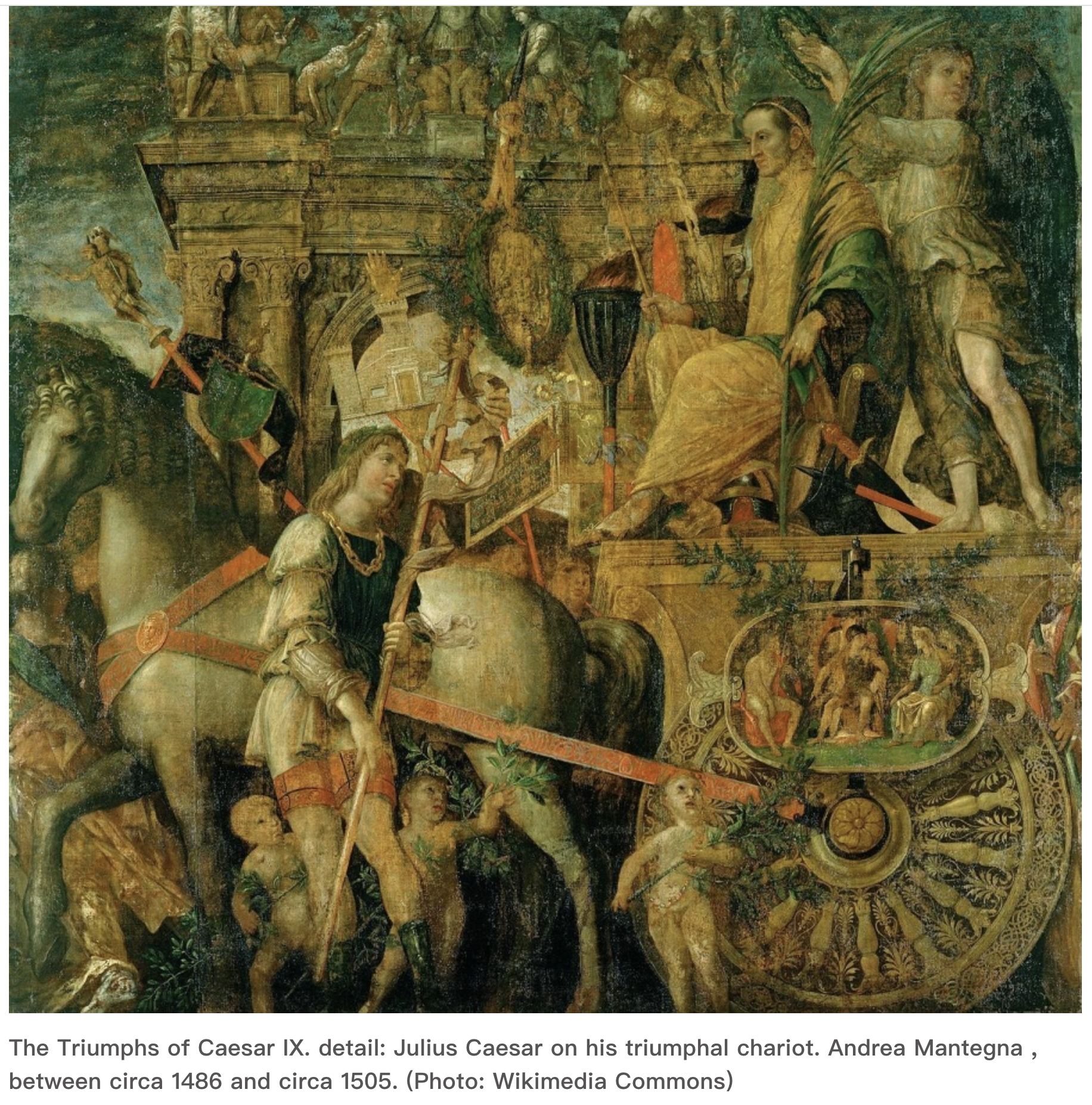
While Mantegna certainly had a large studio to help him with his numerous commissions, he had few notable pupils: apart from the less gifted son Francesco, Bonsignori and Caroto are often cited. Mantegna's influence was wide, but was greatest in the field of printmaking, which he elevated to a high level.

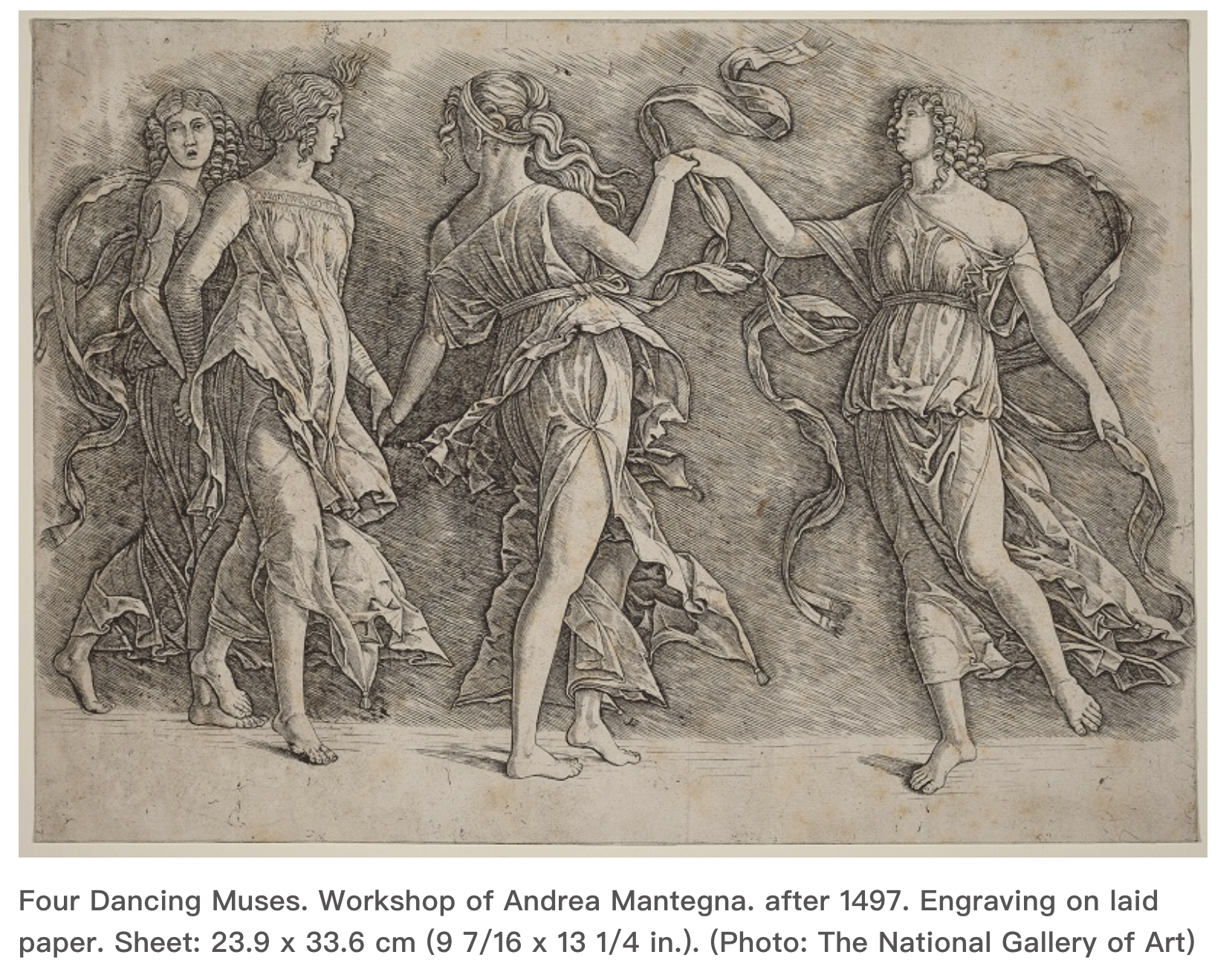
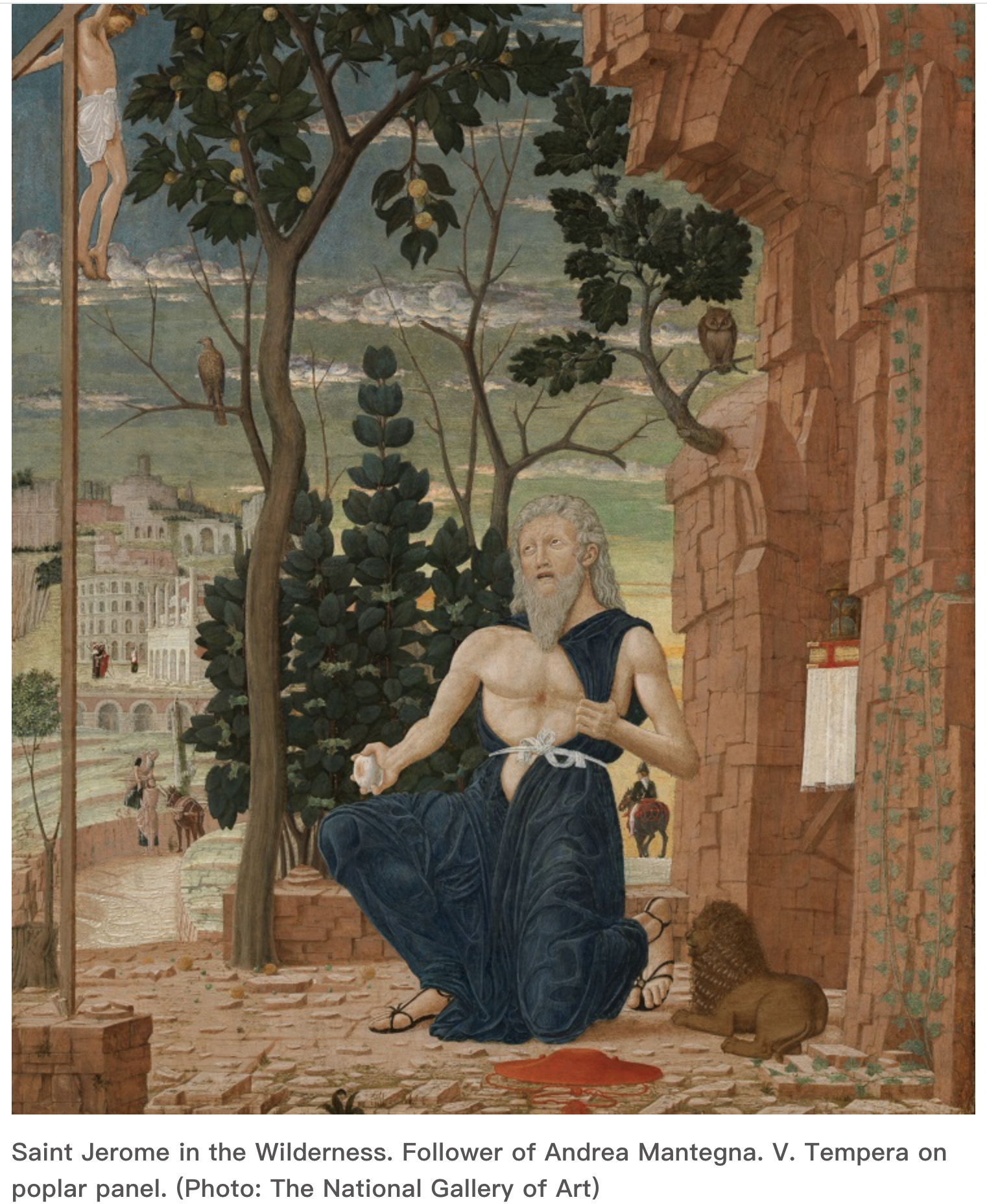
(Author: Staff Middle Land )
(Source: National Gallery of Art)
(Compiled by Wang Jijun)
(Editor: Jiang Qiming)
(Source: New Sancai Compilation and First Release)
